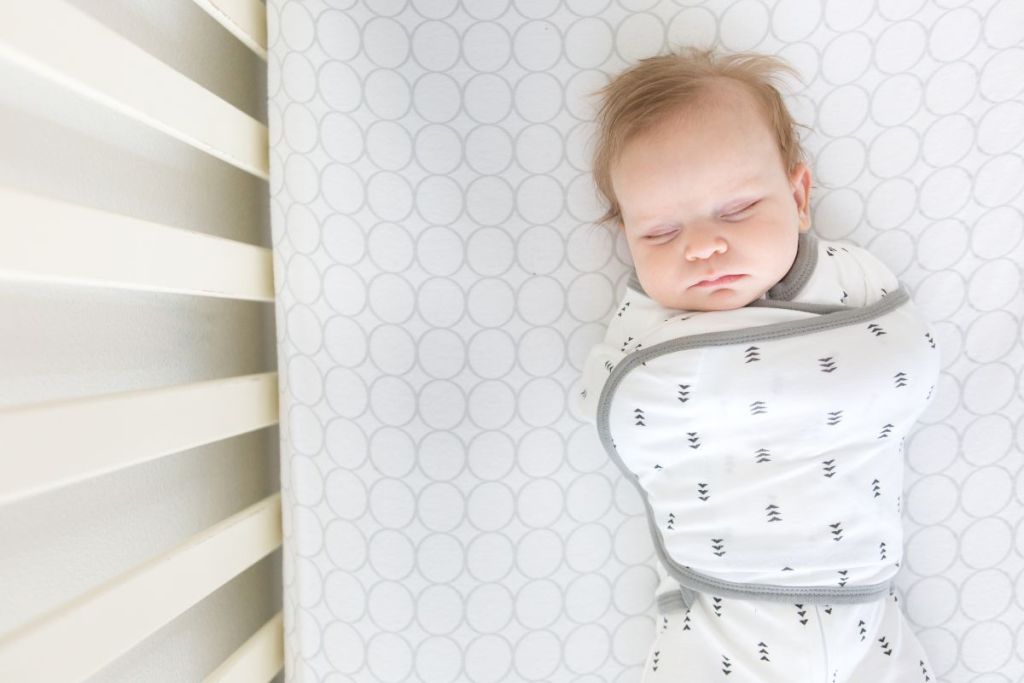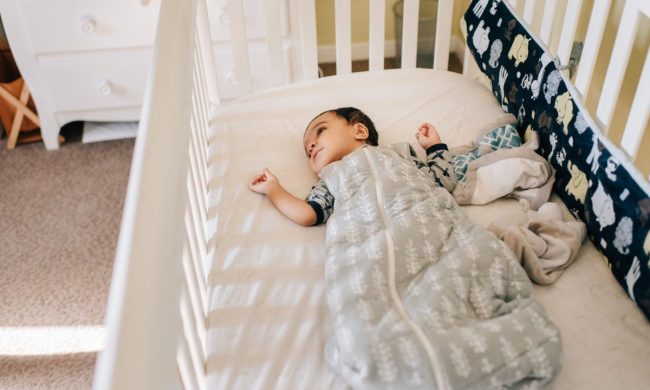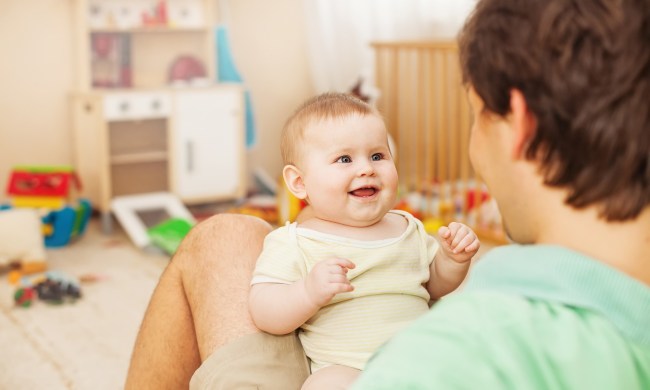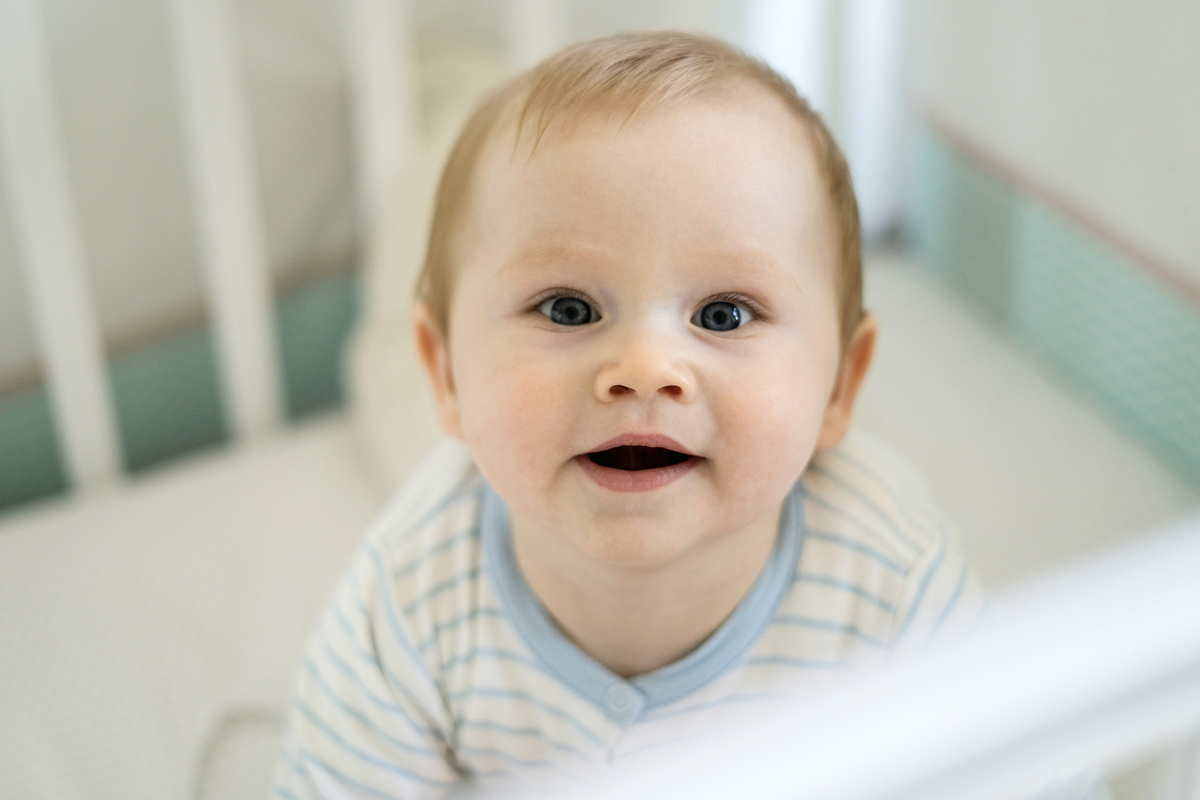
It seems almost unfair that bedraggled parents should be denied the simple pleasure of watching their adorable little one snuggle up with an only slightly less adorable stuffed animal — especially if it’s an effective solution in crib-training your baby.
Nevertheless, the truth is that the science is clear, and according to the data, it is simply too risky to allow stuffed animals in your baby’s crib or other sleeping place.
The American Academy of Pediatrics (AAP) advises that babies not sleep with stuffed animals until they turn 1 year old. The AAP recommends against any object “that could increase the risk of entrapment, suffocation, or strangulation.” That includes stuffed animals.
Here’s everything you need to know about the risk, and how you can start incorporating stuffed animals as safely as possible after your baby’s first birthday has come and gone.

Why is it unsafe for babies to sleep with stuffed animals? And how you can keep the sleeping space safe
The specific risk has to do with the fact that more than 3,500 babies in the U.S. die suddenly and unexpectedly every year while sleeping, be it from sudden infant death syndrome (SIDS) or an accidental cause like suffocation or strangulation.
Medical experts define SIDS as the sudden and unexplained death of a child who is younger than 1 year of age. The exact cause of SIDS is unknown, and likewise, there is no known cure. However, some scientific studies have indicated that various factors in a baby’s living environment may increase the risk. This may include sleeping on the stomach or side, overheating, and exposure to tobacco smoke. Accidental suffocation from soft objects or co-sleeping (i.e., sharing a bed) may also play a role.
In an effort to reduce the risk of SIDS and other sleep-related infant deaths, the AAP has released detailed guidance to raise awareness of the risks and what to do about it. In addition to stuffed animals, here are some other items that, according to the academy, should be kept out of a baby’s sleeping place:
- Pillows
- Quilts
- Comforters
- Sheepskins
- Blankets
- Toys
- Bumper pads or other products that attach to the crib
What if I’m concerned my baby will get cold? How you can safely maintain a comfortable sleep atmosphere
In cases where being cold is a concern, extra clothing is OK, but limit the layering to one more than the number of layers your baby is wearing. Swaddling is also OK as long as you place baby on their back.
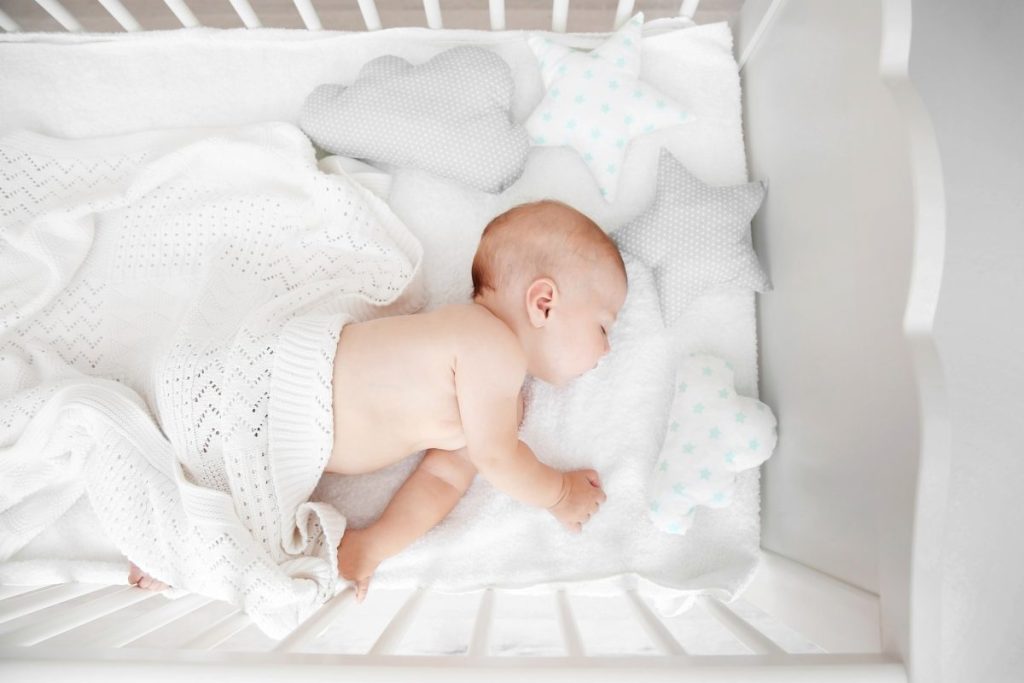
What stuffed animals are OK once it’s safe and which ones should I avoid?
The first birthday is listed as the cutoff, after which babies can sleep with stuffed animals. But what kinds of stuffed friends should not be allowed in the crib, or pose potential hazards outside those connected to sleep-related infant deaths?
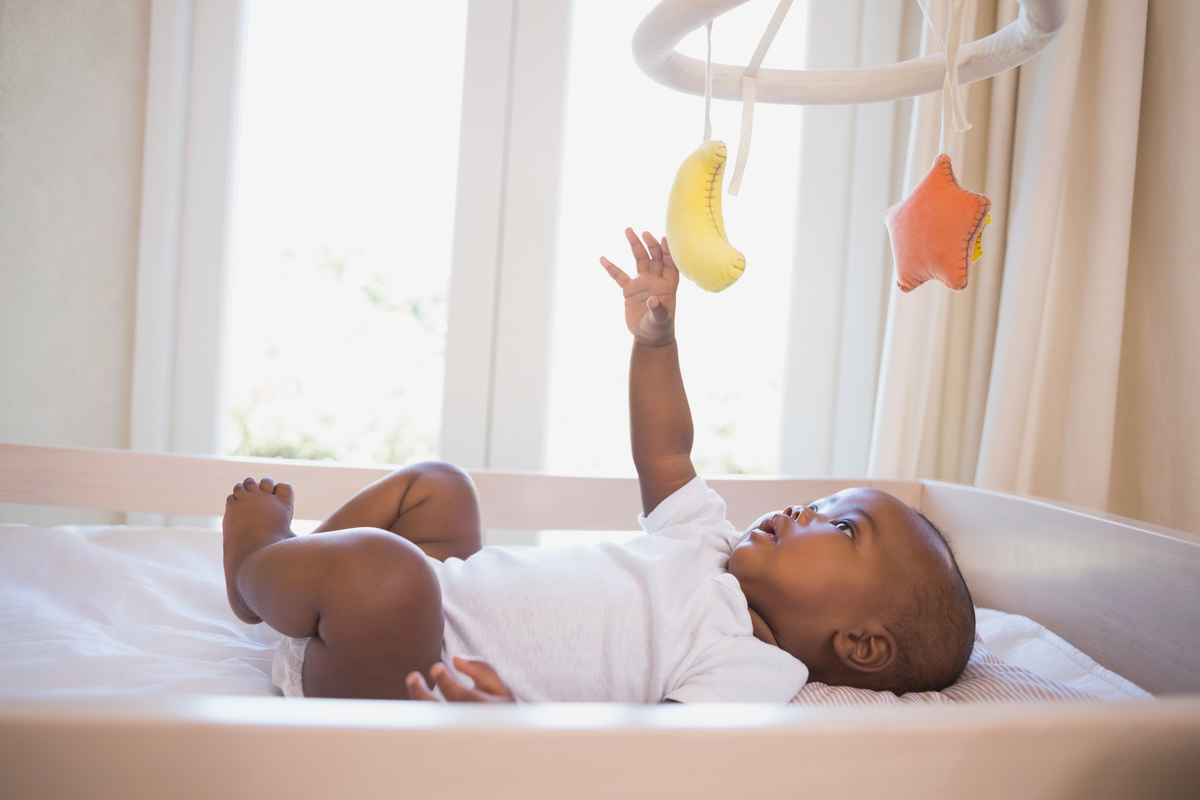
There are many options you can do to make sure you’re selecting the right stuffed animal for your baby. Although the science remains inconclusive on many of these items and the chances of a tragedy are low, it never hurts to make a more informed decision.
Things to be aware of include:
- Make sure the stuffed animal is nontoxic and hypoallergenic — on the inside as well as the outside.
- Look for well-made products. Before you bring home that stuffed canary from the arcade, check to see how it’s constructed and what it’s made of. Cheap toys can tear open and spill stuffing everywhere, which, on top of making a mess, can pose a choking hazard.
- Avoid PVC and vinyl. Some stuffed animal parts may be made with these substances, such as eyes or a music crank. The problem is that PVC can contain various toxins like chlorine, lead, and heavy metals.
- Watch out for phthalates. These chemicals can help make materials softer and plastic more pliable and are used in everything from raincoats to detergents. But they also may be toxic, especially to younger children. To be clear, science has not yet found a link between human health and exposure to phthalates. Still, it may be better to play it safe.
- Choose natural materials. Step out of the chemical lab and instead opt for fabrics and other materials made from sustainable and organic cotton, wool, bamboo, and hemp. They’re safer choices and benefit the planet in the process.
- Natural dyes and colors. Similarly, a growing number of manufacturers use plant-based dyes and pigments. These tend to be nontoxic options.
At the end of the day, make the decision that best fits your unique circumstances. But be aware of your baby’s sleep space and playthings to help maximize safety and avoid unnecessary risks.
